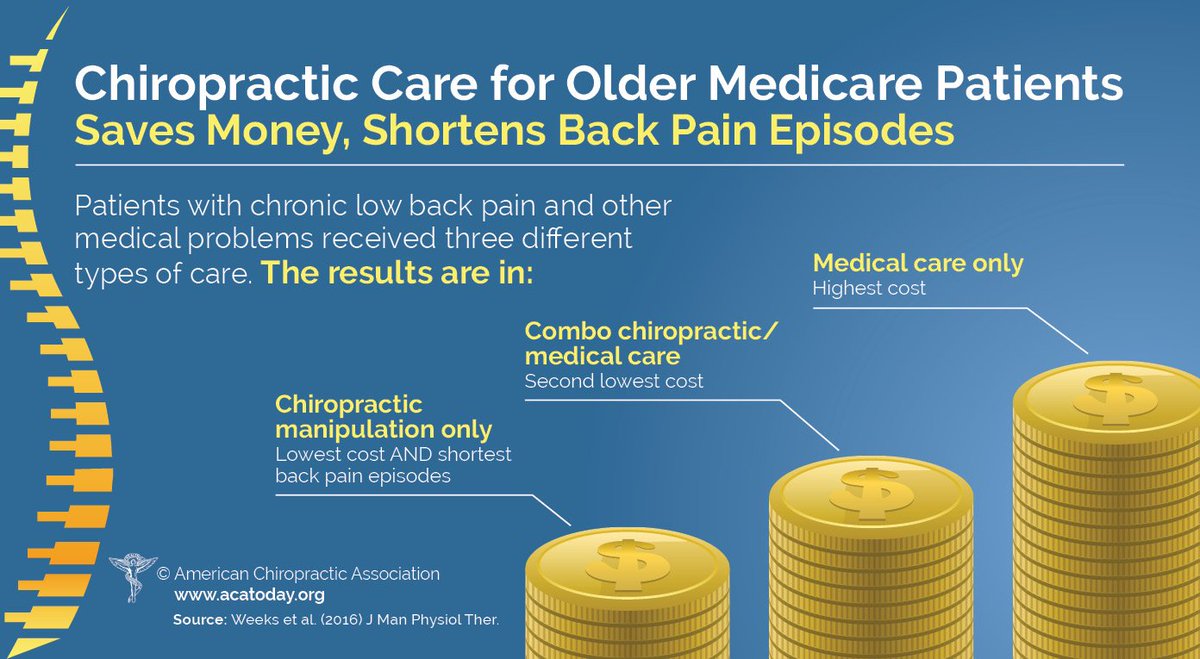The Advancement Of Back Pain Therapy: Cutting-Edge Technologies And Healing Advancements
The Advancement Of Back Pain Therapy: Cutting-Edge Technologies And Healing Advancements
Blog Article
Write-Up Composed By-Adler Katz
As you think about the future landscape of pain in the back treatment, envision a realm where modern technology seamlessly links with standard therapies to supply unique solutions. Picture a world where virtual reality not only captivates however additionally heals, where robotic accuracy redefines minimally invasive procedures, and where psychophysiological feedback encourages people in their discomfort administration trip. The advancements in neck and back pain therapies are not simply theoretical circumstances yet tangible realities shaping the way we approach and minimize this widespread condition.
Virtual Reality Treatment for Pain In The Back
Are you tired of conventional treatments for your pain in the back? Virtual Reality Treatment provides an unique technique to handling your pain. By involving yourself in an online environment, you can distract your mind from the discomfort signals being sent to your brain, providing alleviation in an one-of-a-kind and cutting-edge way.
Using specific VR headsets, you can take part in numerous activities and simulations created to target details areas of your back that are causing you discomfort. These immersive experiences can assist you kick back strained muscular tissues, enhance your posture, and raise your total movement.
In addition, virtual reality treatment can likewise aid in reducing stress and anxiety levels, which are commonly contributing aspects to pain in the back.
Envision having the ability to undergo therapy without the demand for medicine or invasive procedures. With Virtual Reality Treatment, you have the chance to handle your neck and back pain in a risk-free and non-intrusive way.
Robotic-Assisted Neck And Back Pain Treatments
Making use of cutting-edge robot innovation, pain in the back treatments have actually progressed to incorporate robotic help in targeting and addressing specific areas of pain in an accurate and controlled way.
Robotic-assisted neck and back pain therapies offer a high level of precision and modification, enabling much more efficient and customized treatment for individuals experiencing neck and back pain. These robotic systems can perform minimally intrusive procedures with boosted accuracy, minimizing the danger of problems and boosting outcomes.
https://www.webmd.com/back-pain/features/6-back-pain-tips -assisted treatments offer specialists with real-time responses and imaging, enabling them to navigate the spine with extraordinary accuracy. By using robot arms or devices, doctor can access hard-to-reach areas with greater ease, resulting in more successful interventions.
Furthermore, these innovations can get used to the individual's movements throughout surgical procedure, guaranteeing a much safer and more trustworthy procedure.
Psychophysiological Feedback Innovation in Back Pain Monitoring
With the development of modern technology in pain in the back therapies, biofeedback innovation becomes a useful tool in managing and reducing discomfort connected with pain in the back. Psychophysiological feedback allows you to obtain recognition and control over bodily features that are normally spontaneous, such as muscle tension and heart rate.
By using sensing units to keep track of these functions, psychophysiological feedback devices give real-time data that enables you to make mindful modifications to lower discomfort and stress degrees. pemf therapy or acoustic hints, biofeedback helps you understand exactly how your body reacts to different scenarios, empowering you to customize your habits and improve physical health.
This innovation promotes leisure, improves pose, and aids in muscular tissue re-education, all of which are important elements in managing back pain successfully. By including biofeedback into your back pain monitoring plan, you can take an energetic role in your treatment and accomplish enduring relief from pain.
Conclusion
To conclude, the future of pain in the back therapy looks bright with the improvements in virtual reality therapy, robotic-assisted treatments, and psychophysiological feedback innovation. These arising modern technologies offer ingenious remedies to reduce neck and back pain, boost mobility, and improve general quality of life. With proceeded research and development, these cutting-edge therapies have the prospective to revolutionize the means we come close to and treat pain in the back, supplying expect those looking for reliable and tailored options.
